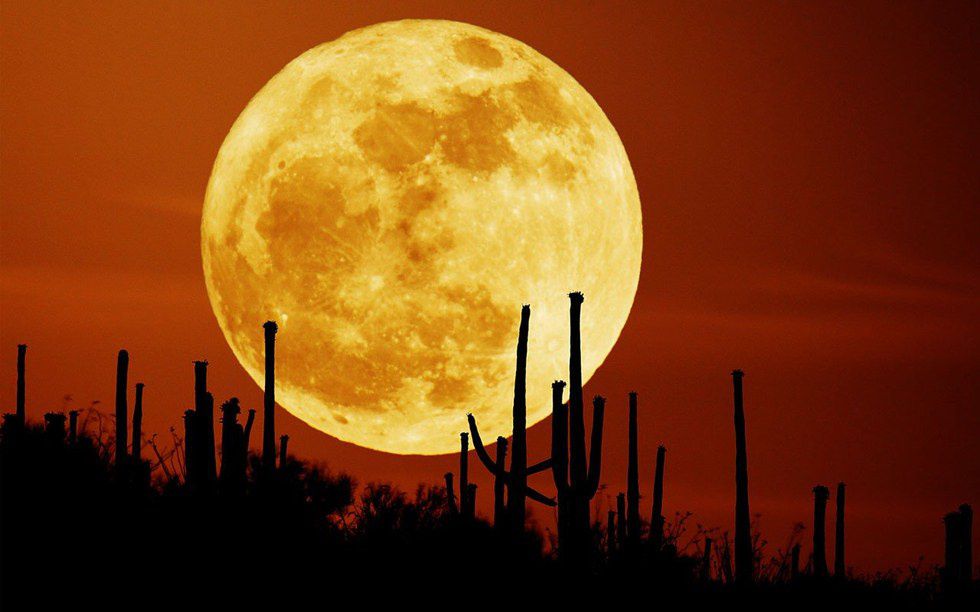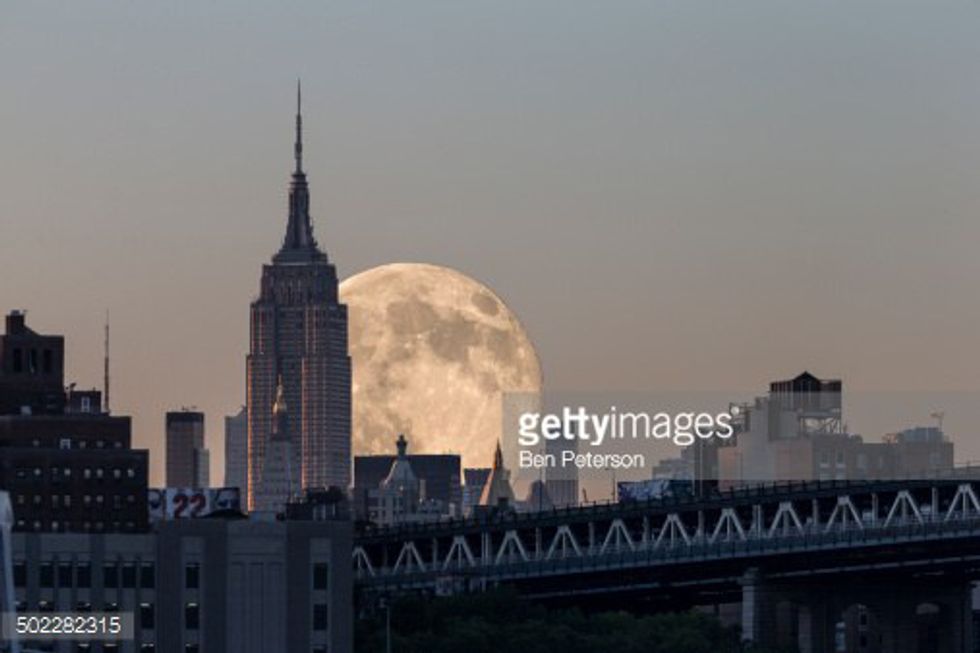This month we are going to see the closest full moon that we have seen in the 21st century.
According to Science Alert, the moon will be the closest to Earth it has been since 1948. It is stated that this event should occur on November 14, so no need to get your telescope, it'll be up close and personal. The article also says it will appear to be up to 14% bigger and 30% brighter. For the past 68 years, the moon has appeared to be the same to us every night, whether it's a half-moon, crescent moon, or a full moon.
The next time a Super Moon like November 14th's will be in 2034, so make sure to go outside to get a look and (attempt) to snap a picture.
How do we get a Super Moon? NASA explains that "because the moon has an elliptical orbit, one side is about 30,000 miles closer to Earth than the other side". What is called a perigee-syzygy is when the Earth, Moon, and Sun are aligned AND the one side (called the perigee) is 30,000 miles closer to Earth. These two things happening at the same time make the moon appear to be much closer and much, much brighter to the human eye.
It's not that Super Moons aren't common (we had one on October 16, and there will be another December 14 after the upcoming one), but what makes this Super Moon more special is that the moon will be full within two hours of the perigee, which will be what makes it so much brighter.
Some factors that depend on how you'll view the size of the moon, called a 'moon illusion', include seeing it closer to the horizon, what objects are around it, and your location. For example, it's an optical illusion when you see the moon closer to the horizon, through trees, buildings, etc., but it still makes an amazing experience.
NASA and CNN are both describing the moon that will occur next week as an "extra" Super Moon. It's expected to reach its peak of its full phase the morning of the 14th, about 8:52 AM, but you should get some good glances overnight, as well.





















